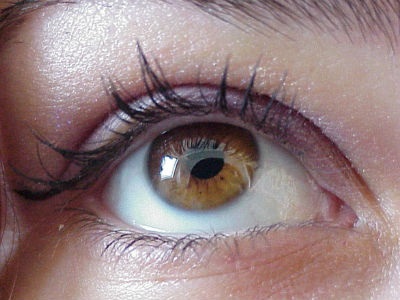
A recent study conducted by researchers from the Guangdong Provincial Center for Disease Control and Prevention, Guangzhou, China has found that the Zika virus can be detected in the conjunctival fluid of the eyes.
According to researchers, severe eye damage in infants with microcephaly was associated with Zika virus infection, however, it was unclear whether the eye lesions were the result of microcephaly or directly tied to the Zika virus. For the study, both serum and conjunctival swab samples were taken from six of 11 Zika virus infection cases of Chinese travelers since February 2016. Zika virus RNA was reportedly detected in serum no more than five days after the onset of symptoms, and detected in conjunctival swab samples until day seven in one particular case.
Researchers stated that more epidemiological data and experimental studies would be needed to assess the further significance of their findings in regards to increasing complications caused by the Zika virus in newborn infants.
The study was recently published in JAMA Ophthalmology.
Click here to read the full press release.
Source: JAMA Ophthalmology